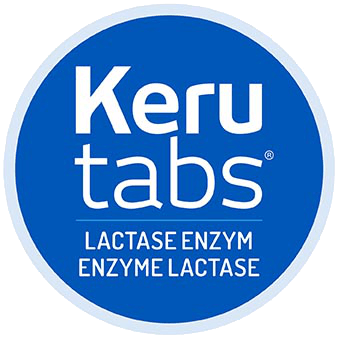Frequently asked questions about lactose intolerance and lactase tablets
We’re happy to answer all your questions about lactose intolerance and the use of our lactase tablets. That’s why we’ve produced this page with answers to Frequently asked questions about lactose, lactose intolerance and Kerutabs.
